5 Workplace Design Factors That Boost Employee Satisfaction
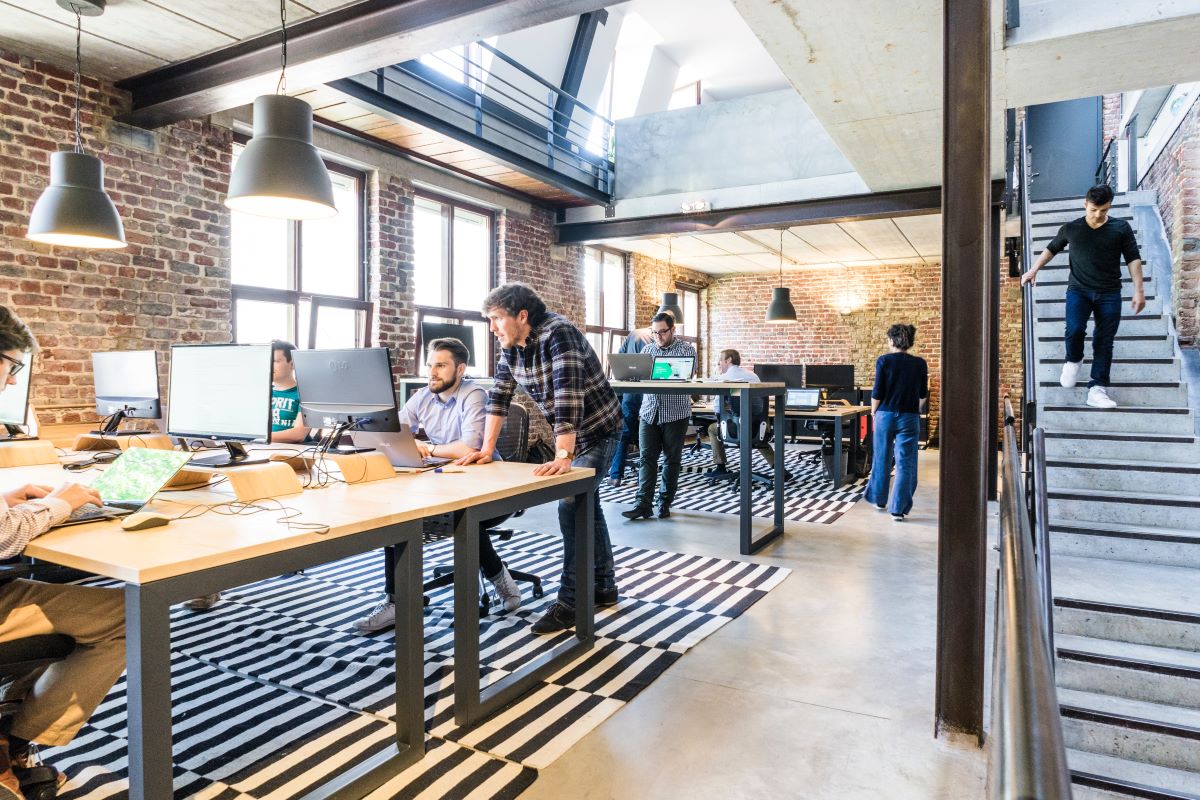
Part of the solution, according to some companies at least, is to change the workplace. Altering the design is seen as a way to drive engagement and make workers a little happier. Google and Facebook have turned their offices into what looks like kids’ playgrounds. But are there sensible ways to appease today’s generation of fussy workers? Let’s take a look:
Blended Activity Design
In the past, offices were home to quite simple work. Clerks would sit in row upon row of desks, signing off forms, checking statements, and approving applications. It was all pretty easy and banal stuff.
Then things began to change. Computers automated most of the rote tasks, freeing workers up to do messier, harder-to-define things.
Unfortunately, many offices didn’t keep pace. Employers designed their layouts on the assumption that most people would be working alone, most of the time. But that’s not always the case. In fact, in most organizations, constant collaboration is essential.
The solution is blended activity design. The idea is to create spaces that allow workers to do multiple things at once. Huddle spaces, project rooms, conference rooms – they’re all helpful.
Accessibility
Workers want accessible workspaces. They don’t want to have to walk up flights of stairs to pokey offices, or step over annoying thresholds.
That’s why many firms are now working with companies, like Sheridan Lifts. The basic idea is to make it easier for everyone to get around, including wheelchair users.
Wellbeing Design
As stated in the introduction, today’s workers are not the happiest bunch. While you’ll sometimes get a smile out of them, it’s not the norm.
General angst is a major issue. Employees are anxious all the time, sitting at their desks, sweating nervously over reports that they write.
Companies know this, which is why many are designing their offices for wellbeing. They include plenty of natural daylight, uplifting colors and plants. The overall effect is to turn the office into a much more welcoming and joyful space, not something that looks like it came right out of the 1980s.
Employee Appeal
Employees also want workplaces that appeal to their priorities. Including amenities such as gyms, outdoor break areas and pingpong tables in the canteen can make a big difference.
While these additions seem trivial to management, they send out a clear message that the company is interested in looking after its employees. Wellbeing is top-of-mind for many firms that implement these strategies.
Integrated Technology
BYOB is great for employees and businesses, but it can make life difficult for workers when the office isn’t compatible. Make sure that you make room for employee equipment by keeping desks and other countertops free from clutter. Eliminating wires by using structured wiring solutions can also help, and it allows you to shift your office around in the future, if you’re not happy with it today.


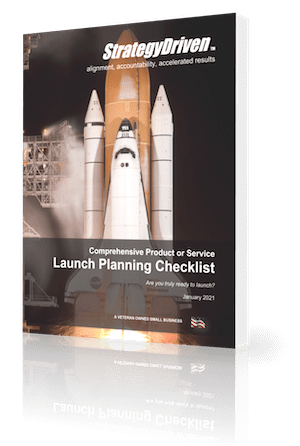
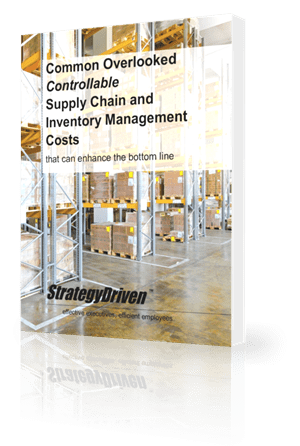


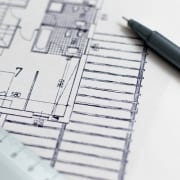

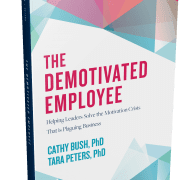


Leave a Reply
Want to join the discussion?Feel free to contribute!